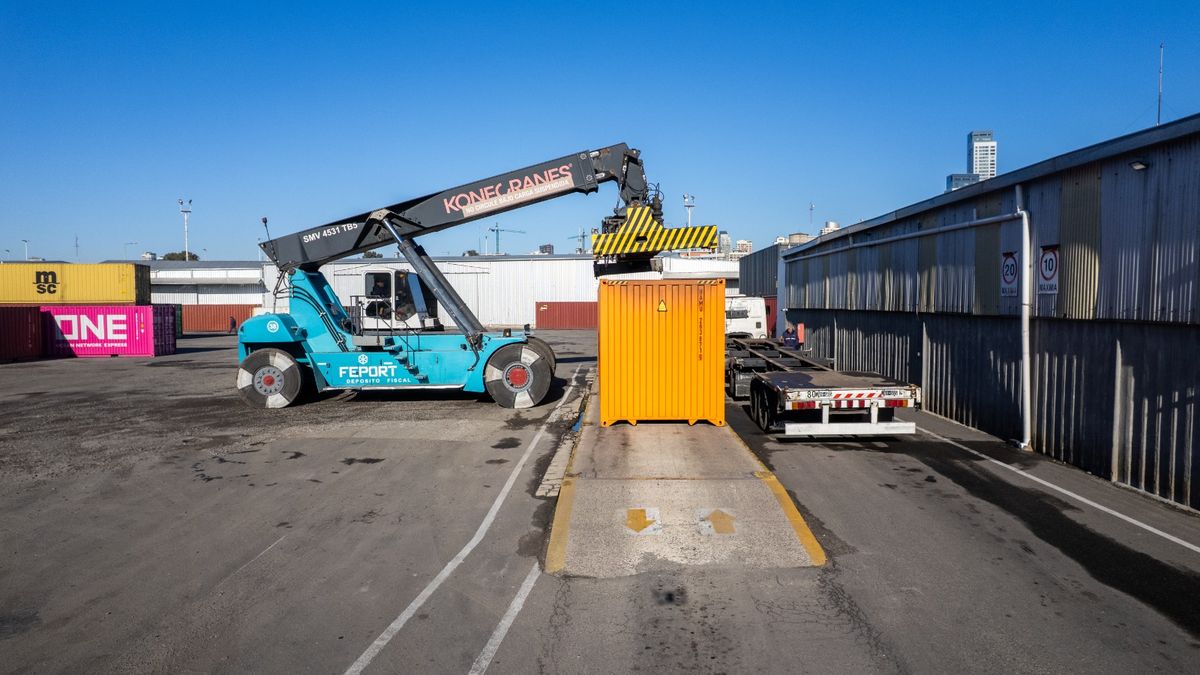https://twitter.com/cacearg/status/1509648200910753798
Last year the sector registered an increase in the turnover of the 68%, exceeded one billion pesos billed and recorded that some 600,000 people made their first online purchase.
In the last three months “The turnover of the sites in Argentina grew by 77%, compared to the same period in 2021”according to one of the e-commerce platforms that operates in the country, Tiendanube, which gathers information from 45,000 online stores in Argentina.
The platform added that “total sales recorded a 18% year-over-year increasewhile the average number of products per purchase was four items per cart completed” in the first quarter of the year.
https://graph.facebook.com/v8.0/instagram_oembed?url=https%3A%2F%2Fwww.instagram.com%2Fp%2FCahgfq5LolX%2F&access_token=EAAGZAH4sEtVABANiNQGAWhnvLg335r97T25DcX3C0l2JOePzKS3O9ScdZAUUJxej1wXORBJ7HNZByxbDbYVJ5XhCIGXjtAT0IZCY3gjFkjpHZCccSlT15GSCld4ksFgH9lMnOKHZCyn7FUUzTQOHzmAZBFJOW9vPrOUjIWsFovNswZDZD
The growth from the number of companies that joined the electronic sales modality reached its peak in the year 2020directly impacted by the pandemic and sanitary measures isolation and social distancing.
At that moment, supermarkets strengthened their online channels, many companies that did not do e-commerce they went up to the electronic sale modality and at the same time, new companies emerged with no previous experience of marketing products and services in physical form.
https://twitter.com/cacearg/status/1509599910370369543
“Beyond the gradual return to normality, Argentine consumers incorporated electronic commerce as a habit, which they alternate with physical stores.” @gsambucInstitutional Director of CACE.
Download the 2021 Electronic Commerce Annual Study for free.— CACE (@cacearg) March 31, 2022
The 81% of the companies that participated in the report on talent carried out by the CACE are companies that have a history in traditional physical or offline commerceand the 84% of the total is active in both electronic and physical commerce.
The report highlights that, among the large companies that have their own staff dedicated to the electronic channel, an average of 14 people, six out of ten need to hire workers, even though 72% of companies outsource activities such as systems and technology, design and communicationamong other.
Between the medium businesses that have an average of eight people dedicated to the electronic channel, the need to hire workers drops to 39% of the cases, and the 73% outsources services (between 1 and 5 activities). While between SMEswhich have their own staff of four people on average and that in 55% of cases they outsource between 1 and 3 functions, 85% say they need to hire workers.
https://twitter.com/cacearg/status/1509578412217843722
“At CACE, for more than 20 years our mission has been to promote the use and development of technologies applied to the digital economy.” Alberto Calvo, President of CACE.
We launched the Annual E-Commerce Study 2021. Download it for free!#ecommerce #digitalbusiness— CACE (@cacearg) March 31, 2022
for Ferreyra “There is a different scenario of new demands”therefore, to attract and retain workers, companies should do “a competitive proposal that has a development plan, a career plan, creative projects where collaborators want to participate and display their opportunities”. And he added: “Give a preferential place to the collaborator. There are no happy clients if we do not have happy collaborators”.
One of the conclusions reached by the report carried out together with the consultancy Suessa Group is that the most specialized talents, mainly in digital marketing, systems, cybersecurity, among others, “they tend to be more demanding and go freelance”. Therefore, “we must reinforce the value proposition”.
Source: Ambito
David William is a talented author who has made a name for himself in the world of writing. He is a professional author who writes on a wide range of topics, from general interest to opinion news. David is currently working as a writer at 24 hours worlds where he brings his unique perspective and in-depth research to his articles, making them both informative and engaging.




